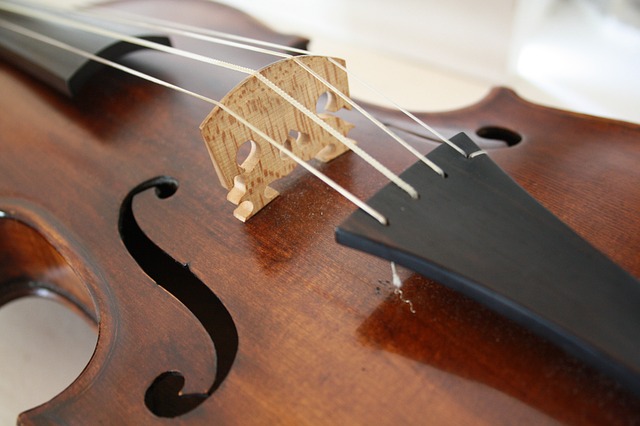
A key part of a violist’s responsibilities is knowing what, when, and where to change viola strings, in case they needed replacement. Usually, strings are tuned in C, D, G, A ranging from lowest to highest. However, most violas differ in string quality — some need to be changed more often while others, not necessarily.
But this does not mean that you should not change your strings! Not replacing your strings can cause serious damages like wrist and shoulder-related injuries from trying to produce sound and controlling the playability. You do not want to experience this. So, what should you do if your viola strings are worn out? Here are some tips and guidelines.
How to check if the strings are worn out
As mentioned, strings vary per quality and brand. But you can still make assessments whether they are good to go or need replacement. Now, how to check if your strings are worn out?
They are hard to tune. Naturally, it is hard to achieve the proper tuning for a viola as it needs the perfect balance and tightness.

Regardless of the difficulties, it should not stress you out. If you observe that your viola is hard to tune or may need to be tuned at all times, chances are, they need to be changed.
The sound is not pleasing. Having to bond with a viola, you will know when something is not right like it does not produce the rich and subtle sound it did before or it gets harder for you to play as you need to add more pressure. When these things happen, there is something wrong with your strings. Have them replaced ASAP.
When to change or repair your strings
When a string deteriorates in quality, when should you have it repaired or changed? Evaluate and have a rundown on its condition before replacing it with backup strings or visiting your professional luthier.
How often do you play? Though this is not the standard basis, the amount of time you spend playing is an indicator of whether your strings have worn out. The longer you play, the shorter the lifespan of the string gets.

For instance, if you play your viola everyday with at least one hour of usage, you should replace the strings every four to six months. The standard duration of replacement is a minimum of every nine to twelve months. But it all boils down to your playing habits.
How is the string condition? Often, people do not notice how bad strings can get even with just simple and quick contact such as touching with bare hands or letting other people caress the hairs. Oils from hands, other people’s, and from the rosin tend to build up and cause a bad effect from your strings — making it worn out faster.
Advice on how your viola strings can last long
Violas are beautiful instruments that produce rich and serene sounds. But they are delicate musical tools that need to be properly taken care of with gentleness. String deterioration is inevitable. It is a common phenomenon that violists deal with all the time. With proper care, handling, playing, and storing, your strings will last for a long time.
Related post:


